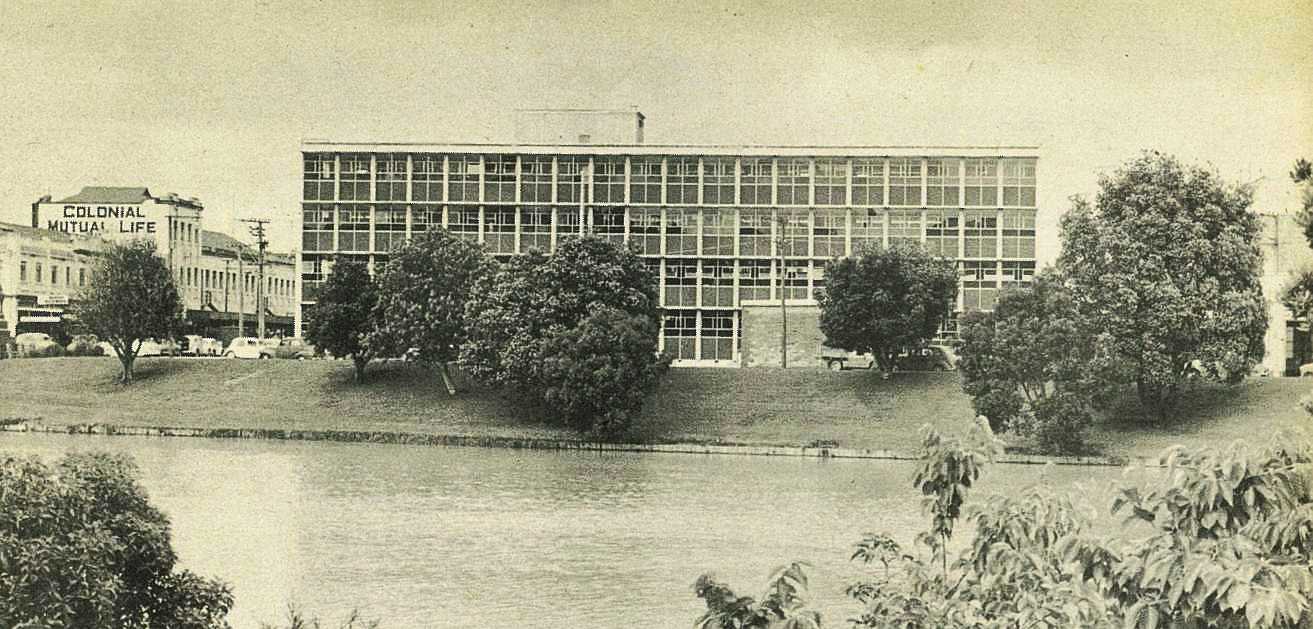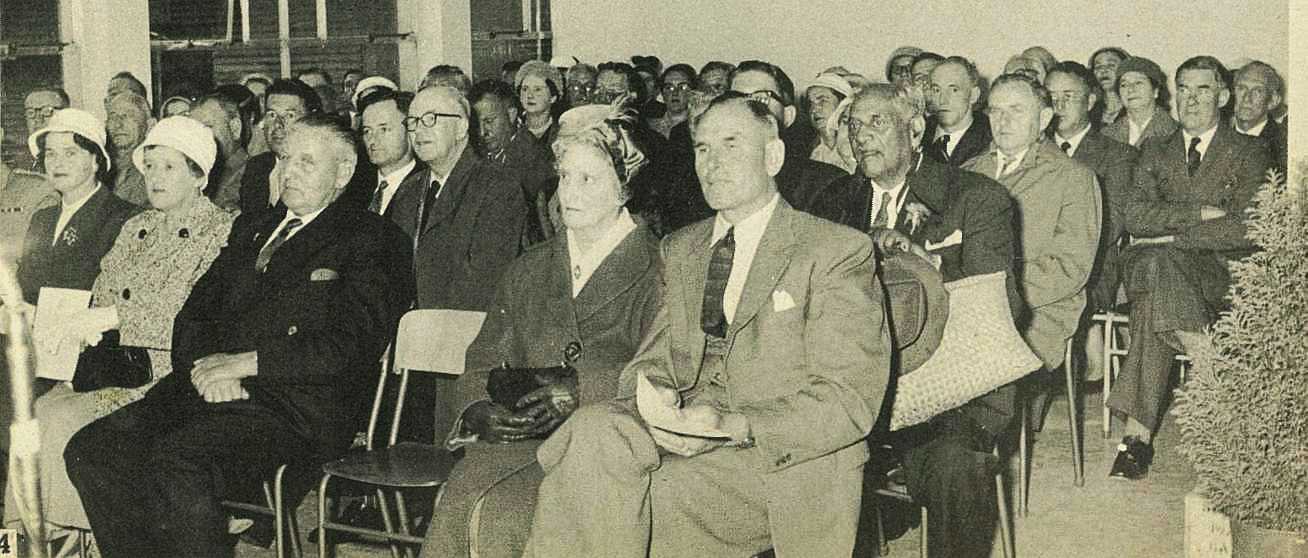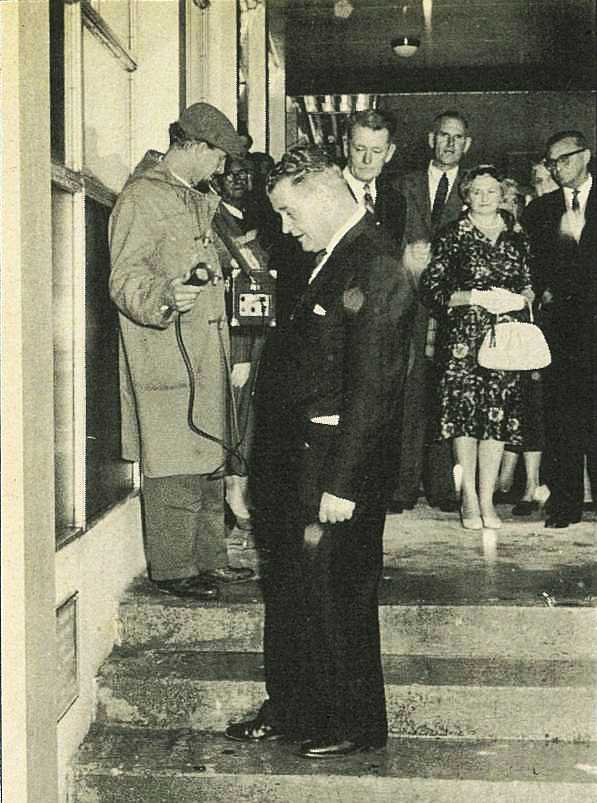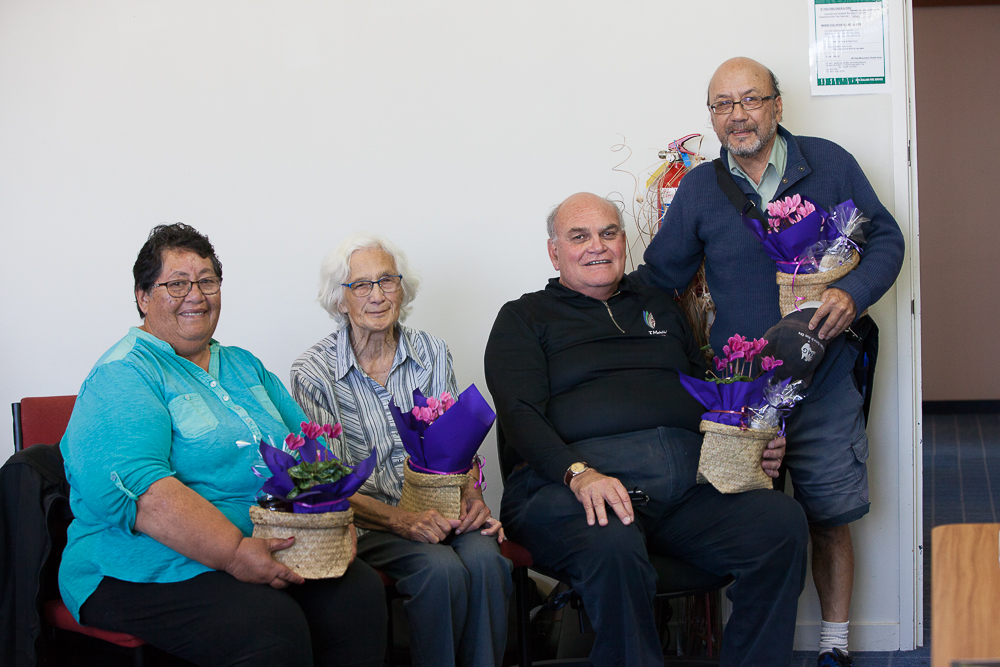It’s likely that only local marae buildings have more historical Māori significance than the Ngā Wai e Rua building on Lowe street in Gisborne.
Published: Friday, 7 April 2017 | Rāmere, 07 Paengawhāwhā, 2017

It’s likely that only local marae buildings have more historical Māori significance than the Ngā Wai e Rua building on Lowe street in Gisborne.
The building, which was originally built to accommodate the Gisborne satellites of government departments, has housed many Māori organisations since its opening on the 21st of November in 1960. It was originally known as The Government Office Building in Gisborne.
The departments that occupied the building were the Ministry of Works, Department of Lands and Survey, District Lands Registry Office and the Department of Māori Affairs.
The Department of Māori Affairs included the Māori Land Court and the Māori Trust Office in its operations with each having its offices in the building from 1960 until 1989.
In 1989 the Department of Māori Affairs was replaced by two new organisations – the Ministry of Māori Affairs and the Iwi Transition Agency and these two entities continued their residency in the Lowe Street location.
Then in 1991 / 1992, Te Rūnanga o Tūranga Nui a Kiwa, assisted by funding from the Iwi Transition Agency, purchased the Government Office Building and re-named it Ngā Wai e Rua, which means “The Two Rivers” and references the two rivers within the buildings purview – the Tūranganui and Waimata rivers.
In that same year of 1992, the Māori Land Court separated from the Māori Affairs Department to become part of the Ministry of Justice, but again in Gisborne the entity maintained its tenancy in Ngā Wai e Rua and are still there now.
It was also in 1992 that both the Ministry of Māori Affairs and the Iwi Transition Agency were replaced by Te Puni Kōkiri, the Ministry for Māori Development. Te Puni Kōkiri maintained its offices within Ngā Wai e Rua and since that time have been joined by Te Rūnanga o Tūranga Nui a Kiwa, Te Rūnanganui o Ngāti Porou, Ngāi Tāmanuhiri Whānui Trust, and Tūranga FM.
And even when the Māori Trust Office became Te Tumu Paeroa in 2009, it too, maintained its Gisborne operations from Ngā Wai e Rua and are still there today.
It is a building with significant Māori history in Gisborne.
Lewis Moeau, Pouwhakahaere at Te Puni Kōkiri knows the history of the building and its many occupants intimately. He worked for the Department of Māori Affairs from 1956 when the office was located on the corner of Palmerston Road and Bright Street, which in the present day is the location of the McDonalds.
“Bill Te Whata, Peter and John Kaua, Kahutia Te Hau, Colin Campbell, Rapiata Darcy Ria, Haare Charles Kutia, Monty Searancke – these men were all ex-servicemen who had returned from WWII. They were interpreters for the court and they took me in and taught me how to interpret too. Through them, I got my interpreters licence! They shared more than just their interpretation skills of course – they were classic Māori gentry and with their Māori Battalion record stand as giants in our more recent history. I was privileged to have spent time with them as a young 18 year old,” says Lewis Moeau.
Earlier this year on the 22nd of March, Te Puni Kōkiri held a Māori tourism workshop at Ngā Wai e Rua, hosting members from local iwi groups, Te Rūnanga o Turanga Nui a Kiwa; Te Rūnanganui o Ngāti Porou; Ngāti Kahungunu ki Te Wairoa, local Māori tourism operators and Activate Tairāwhiti, the local economic development agency, and Kimihia He Oranga, who produced the recent Tairāwhiti Māori Economic Development report.
It was the last official hui held by Te Puni Kōkiri within the premises, and Regional Manager Mere Pohatu took the opportunity to mark the occasion by inviting former Māori Affairs staff Kate Walker and Selwyn Parata to the hui and presenting them with taonga.
Anne McGuire, a former Māori Land Court staff member was also a recipient of taonga along with Godfrey Pohatu, who has worked for the Māori Land Court and within the building for more than 40 years.
“This place has been a conclave of Māori service delivery for the whole eastern region for many years, a kind of converging of Māori organisations, much like the converging of waters the building takes its name from. I myself have been working out of this building since 1992! So we are sad to leave but excited by the prospect of a new office location and keen to get on with the next chapter of our Te Puni Kōkiri story here in Gisborne,” says Mere Pohatu.
Te Puni Kōkiri are now located at Te Puni Kōkiri House on Gladstone Road in Gisborne. The offices will be officially opened by the Minister for Māori Development, Te Ururoa Flavell on the 17th of July, 2017.

The Government Office Building from across the Taruheru river in 1960. Photo cred: Gisborne Photo News

Guests listening to the address by Mr Watt. In the second row is Te Aitanga ā-Māhaki rangatira and respected elder, Hetekia Te Kani Te Ua. Photo cred: Gisborne Photo News

Members of the Māori Affairs Department staff watched the opening formalities through the windows of their new offices. The man towards the right open window is Bill Kaua and the man at the left window opening is Ray Cliff. Photo cred: Gisborne Photo News

Minister of Works, Mr H Watt unveiling the plaque near the front entrance. Photo cred: Gisborne Photo News

Former Māori Affairs and Māori Land Court staff and their taonga from Te Puni Kōkiri marking the last hui in the Ngā Wai e Rua building on Lowe Street in Gisborne. From left to right: Anne McGuire, Kate Walker, Selwyn Parata and Godfrey Pohatu.